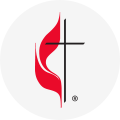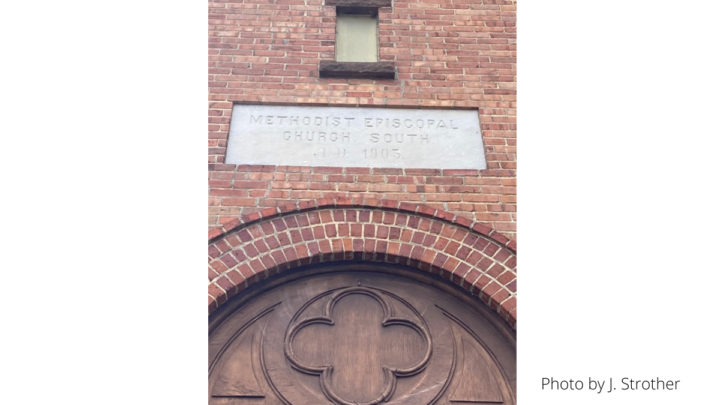July is a month we pause to remember the birth of a nation. It’s also a month we associate with coming together, of vacations, and fireworks, slices of watermelon, and family picnics. In July it seems like red, white and blue are a bit more in vogue. We hear the sounds of marching bands and fireworks and concerts in the park. This July has already offered all of this and more. Sadly, the sound of fireworks and bands was mixed with gunshots in a Chicago suburb this year on the 4th. In many ways it seems we are coming to a crossroads of crisis in America almost every day. Many describe the feeling of a growing wave of division and polarization sweeping over and among us.
If we think of the church as a retreat from all of this division we will likely be sadly disappointed this July; maybe even disillusioned. There’s open talk of “schism” amongst those of us in The United Methodist family. It’s not the first time we’ve heard or seen its effects. In the 1790s James O’Kelly led a band of clergy to break from The Methodist Episcopal Church. Jesse Lee described it this way. “ It was enough to make the saints of God weep between the porch and the altar…” O’Kelly was pushing his cause and creating as much dissatisfaction as possible… people were talking Church Government, spirituality was waning and it was very difficult to estimate the… results of the division.” (Grissom)
Less than fifty years later there was a larger and deeper schism in the Methodist Episcopal Church. It came in 1844. The immediate cause was borne out of a twelve-day debate at General Conference, and a resolution of that General Conference censuring Bishop J. O. Andrew of Georgia, who by marriage came into the possession of slaves. The Church divided before the country did over slavery. In a speech just eight years later, in Rochester, New York, Frederick Douglas, an abolitionists and African Methodist Episcopal Zion pastor, took on the mantle of the prophet – calling out the hypocrisy he saw in the broader Church.
“The church of this country is not only indifferent to the wrongs of (dying) slaves, it actually takes sides with the oppressors. It has made itself the bulwark of American slavery, and the shield of American slave-hunters. Many of its most eloquent Divines, who stand as the very lights of the church, have shamelessly given the sanction of religion and the Bible to the whole slave system. They have taught that man may, properly, be a slave; that the relation of master and slave is ordained of God; that to send back an escaped bondman to his master is clearly the duty of all the followers of the Lord Jesus Christ; and this horrible blasphemy is palmed off upon the world for Christianity.”
While this judgment by Douglas is sad – it is, nonetheless, true. Sometimes in the Church we end up on the wrong side of issues that at their heart are bigger even than nations. Sometimes we find ourselves at odds with the cornerstones of the Kingdom, and are divided. Many of our churches carry visible scars of the division which took shape in 1844. We can see it etched in the cornerstones of some of our buildings. It would take 94 years for the children of this schism of 1844 to come back together in 1939…
In his letter to the house churches of Ephesus, a city known for its indescribable temple, the Apostle Paul writes:
God is building a home. He’s using us all – irrespective of how we got here – in what he is building. 20 He used the apostles and prophets for the foundation. Now he’s using you, fitting you in brick by brick, stone by stone, with Christ Jesus as the cornerstone that holds all the parts together. We see it taking shape day after day – a holy temple built by God, 22 all of us built into it, a temple in which God is quite at home. Ephesians 2 – The Message
Into a world that seems bent toward hatred and division and destruction – wars and rumors of wars – a world where building bridges is less preferable than erecting walls – God comes – breaking down the walls we have built to divide us, and then (Paul says) God starts all over again – using the varied and broken pieces of what was – to create something amazing and new. According to our brother Paul, God not only brings together this rag-tag collection of brick and stone, but through the unifying, and resurrecting power of Jesus – GOD HOLDS HIS CHURCH TOGETHER. Paul says the most important stone in the building is Jesus – the Chief and Cornerstone. Praise be to His name! Keith Getty and Stuart Townsend help us to sing it.
Christ alone, cornerstone
Weak made strong, in the savior’s love
Through the storm, he is Lord
Lord of all….
How Sweet The Sound, Jon (the Methodist)
Jon (the Methodist)

